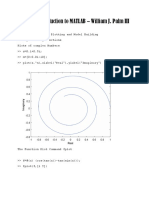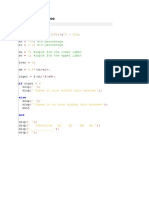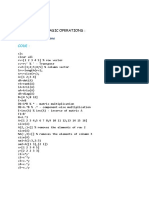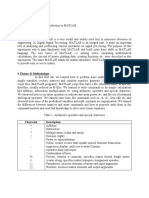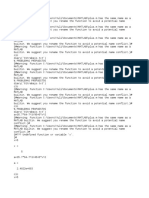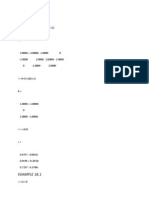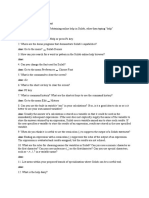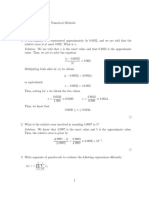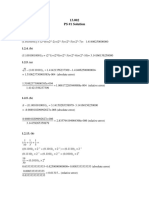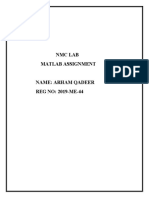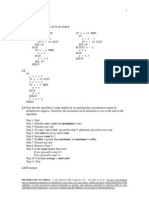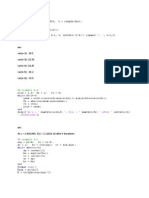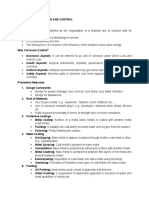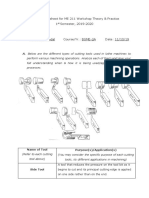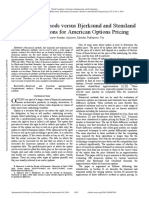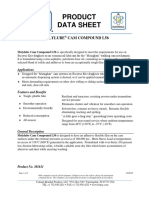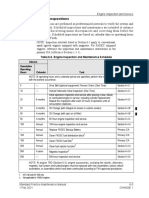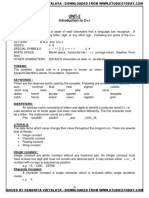0% found this document useful (0 votes)
63 views4 pagesBendal, Angelo C. Bsme-2A Computer Programing
This document contains code snippets and explanations related to computer programming and calculus concepts. It includes examples of defining and manipulating arrays and vectors, plotting functions, and estimating the running time of algorithms using Big-O notation. Calculus topics covered include evaluating definite integrals, plotting trigonometric functions, and using Taylor series approximations to calculate e^x.
Uploaded by
brodyCopyright
© © All Rights Reserved
We take content rights seriously. If you suspect this is your content, claim it here.
Available Formats
Download as DOCX, PDF, TXT or read online on Scribd
0% found this document useful (0 votes)
63 views4 pagesBendal, Angelo C. Bsme-2A Computer Programing
This document contains code snippets and explanations related to computer programming and calculus concepts. It includes examples of defining and manipulating arrays and vectors, plotting functions, and estimating the running time of algorithms using Big-O notation. Calculus topics covered include evaluating definite integrals, plotting trigonometric functions, and using Taylor series approximations to calculate e^x.
Uploaded by
brodyCopyright
© © All Rights Reserved
We take content rights seriously. If you suspect this is your content, claim it here.
Available Formats
Download as DOCX, PDF, TXT or read online on Scribd
/ 4
